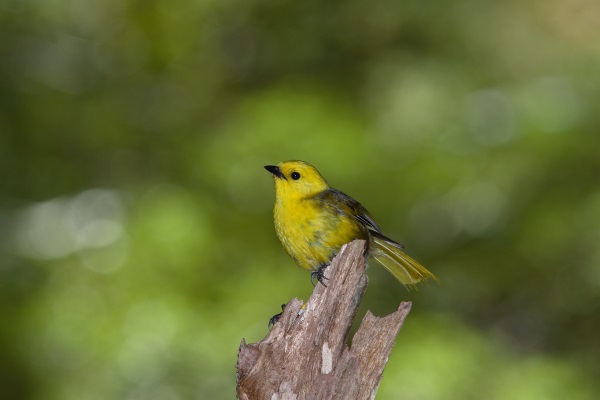
Vulnerable native species at the head of the lake are benefiting from what appears to be a hugely-successful predator control operation.
Monitoring data shows rodent numbers in the Dart, Routeburn and Caples valleys remained low till at least May, when the last results came in, following an aerial 1080 predator-control operation last December.
Department of Conservation senior biodiversity ranger Rebecca Teele says prior to that, all indicators were pointing to a tough breeding season for natives like mohua, rock wren, kea, whio and long-tailed bats, with rat numbers, in particular, forecast to increase after a mast, or seeding event, last summer.
But the 1080 drop gave some of the most threatened wildlife a chance to breed and raise their young last summer without the threat of introduced predators, Teele says.
Most monitoring data for native species won’t be available till this coming summer, but DoC’s anecdotally received reports from visitors, hut wardens and other staff indicating the birdsong in the area’s the best it’s been in years, while long-term monitoring of long-tailed bats is showing a gradual increase.
‘‘Even more incredibly, a member of the public came across a mohua on the Routeburn Track that, based on the colour combination on its leg band, was at least 10 years old.
‘‘Given the predation pressure present at times this is a huge win,’’ Teele says.
Mohua (yellowhead) used to be the most common bird in South Island forests but have declined over the years with populations at sites like the Dart, Routeburn and Caples, at risk of extinction.
‘‘The timing of the operation in early summer, before beech forest seeding, along with the large size and solid shape of the predator control area, is likely the reason we have had such a good result.
‘‘It’s clear that without predator control, mohua would be lost to these valleys completely.’’
Teele says DoC will keep monitoring rodent numbers leading into the spring and summer breeding season.
While the rodent population’s expected to increase, she says it’s still a ‘‘huge positive’’ they’ve been able to provide native species some respite since December.



